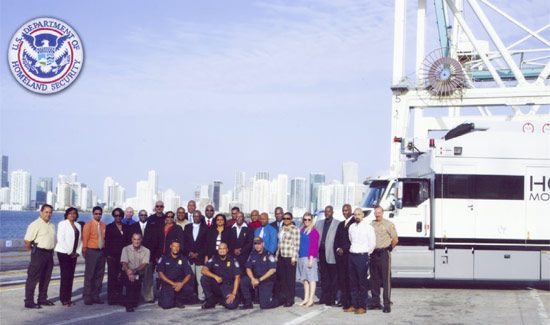Most black people, then called “Negroes” and “Colored,” were poor. They were limited “in every phase of life,” through Jim Crow laws sanctioned by the U.S. Supreme Court and regional customs. Locally, blacks were not allowed to vote and were excluded from participating in government and social life. Restricted clauses in land deeds prohibited them from living in the same neighborhoods as white people.
During that time, black people were primarily servants. The men were day laborers and the women domestics. In the first issue of the Historical Association of Southern Florida’s journal, Tequesta, industrialist George Merrick observed that the building of Coral Gables is owed in part to the skill and labor of black immigrants: “practically the only available workers (the Bahama negro) … had a distinct and important influence … (they) brought inspiration to many of the English, French, Northern and Southern planters … at first skeptical of the coral-rocky country. Bahama negroes brought their own commonly used trees, vegetables and fruits and skill in masonry building with native coral limestone.”
At the turn of the 20th century, the black Bahamians travelled from the West Indies to Key West then settled in Coconut Grove’s colored village. In 1925, when more living space was needed for black laborers, the Coral Gables Securities Corp. made available property purchased from a pioneer white school teacher, Flora MacFarlane, for the Golden Gate development.



